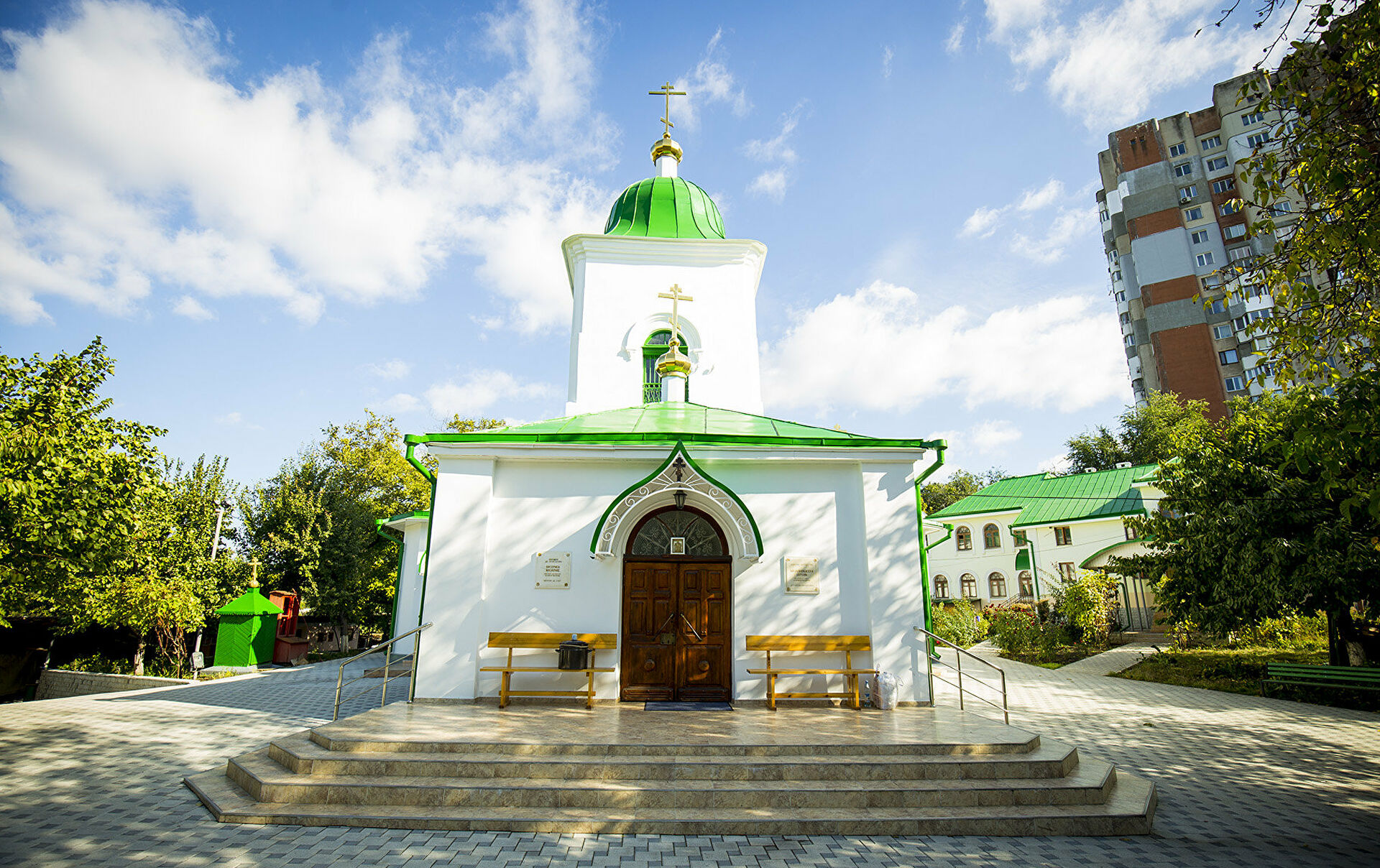Legend Of The Church Covering of the Mother of God “Măzărache”
Many years ago, as the legend says, somewhere around 1740, a Moldovan merchant named Vasile Mazare was chosen as a leader of Chisinau. He had houses, storehouses, big and small shops, and owned many large estates as well. He had a big family – his wife had given him three gifted boys and Ileana Cosânzeană, which in Romanian language means a fairy of beauty, the one with the golden tresses. The merchant lived happily, made law to the peasants, and did not lack anything.
But, one bad day, the merchant received a letter from the Turkish governor of Tighina, urgently to come to the fortress. Someone had envied Vasile because he was a great householder, and wrote an anonymous complaint. As a result, The Boyar Mazare was called to Tighina to give explanations. It was known that the governor of Tighina was a very harsh man, and none of those who were accused to him returned alive from Tighina. Before leaving Mazare prayed to God, promising that if he escaped alive, he would build a beautiful church in Chisinau. It worked for the Boyar. He spoke in front of the Governor quite convincingly. And, a wonder! He was acquitted. The bad mouths said that the Boyar Mazare went to Tighina with 10 chariots full of wealth, but who knows how that was in fact. When he returned to his estate in Chisinau, the Boyar built on a hilltop a Moldavian church, like a small fortress, which withstood wars, revolutions, and earthquakes, being estimated as the oldest edifice, consecrated in 1752, which has been preserved in the territory of today’s Chisinau.
Historical note:
Historians estimate that the legend was modified after 1812 to support the idea that all of Moldova was a Turkish province ; in fact, the defendant Vasile Mazare (or Măzărache, as they called him due to the Greek influence of that time) could only be called by the Moldovan Lord of the time (Constantin Mavrocordat or his successor Constantin Racoviță), because Chisinau was not a part of Tighina (otoman territory as well as Bugeac), but of the Principality of Moldova, vassal state of the Ottoman gate, but autonomous.




